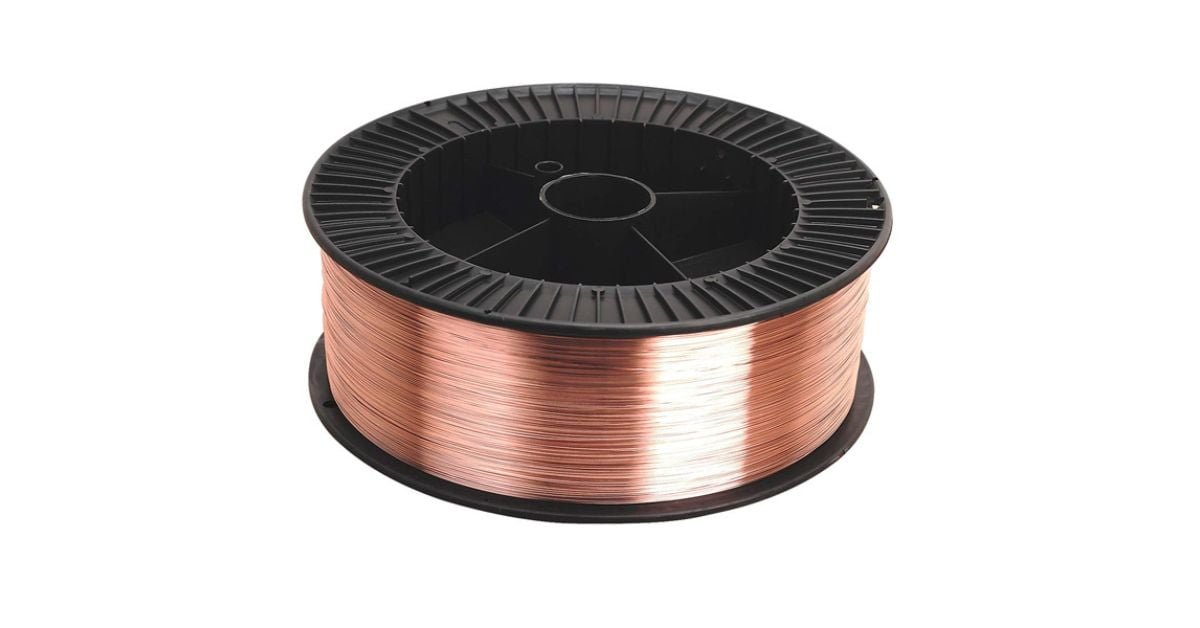Choosing the Right Welding Wire
Welding wire is the unsung hero behind strong and reliable welds, yet selecting the right type can be a daunting task for both novice and experienced welders. With a plethora of options available, it’s essential to understand the different types of welding wires and their applications. In this blog post, we will explore the key factors to consider when choosing welding wire, enabling you to make informed decisions and produce exceptional welds for your projects.
- Understand Your Base Metal:
The first step in choosing the right welding wire is understanding the type of base metal you will be welding. The compatibility between the base metal and the welding wire is critical to achieving strong and durable welds. Different metals, such as steel, stainless steel, aluminum, and others, require specific types of welding wire that are designed to work best with their properties.
- Determine the Welding Process:
The welding process you’ll be using is another crucial factor in selecting the appropriate welding wire. Common welding processes include MIG (Metal Inert Gas), TIG (Tungsten Inert Gas), Stick (Shielded Metal Arc Welding), and Flux-Cored Arc Welding (FCAW). Each process may require different types of welding wires, so be sure to choose one that complements your preferred welding technique.
- Consider Wire Diameter:
Welding wires are available in various diameters, typically ranging from 0.6 mm to 2.4 mm or more. The wire diameter you choose can impact the heat input and penetration of your weld. Thicker wires are generally used for higher current applications and heavy-duty welding, while thinner wires are suitable for delicate work and lower current settings.
- Select the Right Filler Material:
When it comes to MIG and TIG welding, the filler material plays a significant role in joining metals together. Common filler materials include ER70S-6 for carbon steel, ER308L for stainless steel, and ER4043 for aluminum. Each filler material is designed to provide specific properties, such as strength, corrosion resistance, and ease of use, depending on the application.
- Evaluate Your Welding Environment:
The environment in which you will be welding should also influence your choice of welding wire. For outdoor welding or situations with windy conditions, flux-cored welding wire might be preferable as it provides better protection against atmospheric contamination. In contrast, indoors or in controlled environments, solid welding wire may be more suitable for cleaner welds.
- Quality Matters:
Lastly, always prioritize the quality of the welding wire. Cheap or low-quality wires may result in poor welds, increased spatter, and inconsistent performance. Opt for reputable brands and suppliers that provide certified and tested welding wires to ensure reliability and consistency in your welding projects.
Conclusion:
Selecting the right welding wire is a critical step in achieving successful welds and ensuring the longevity and strength of your projects. By understanding your base metal, the welding process, and the specific requirements of your application, you can confidently choose a welding wire that matches your needs. Remember to prioritize quality and compatibility to unleash the full potential of your welding skills and create remarkable, long-lasting welds that stand the test of time. Happy welding!

